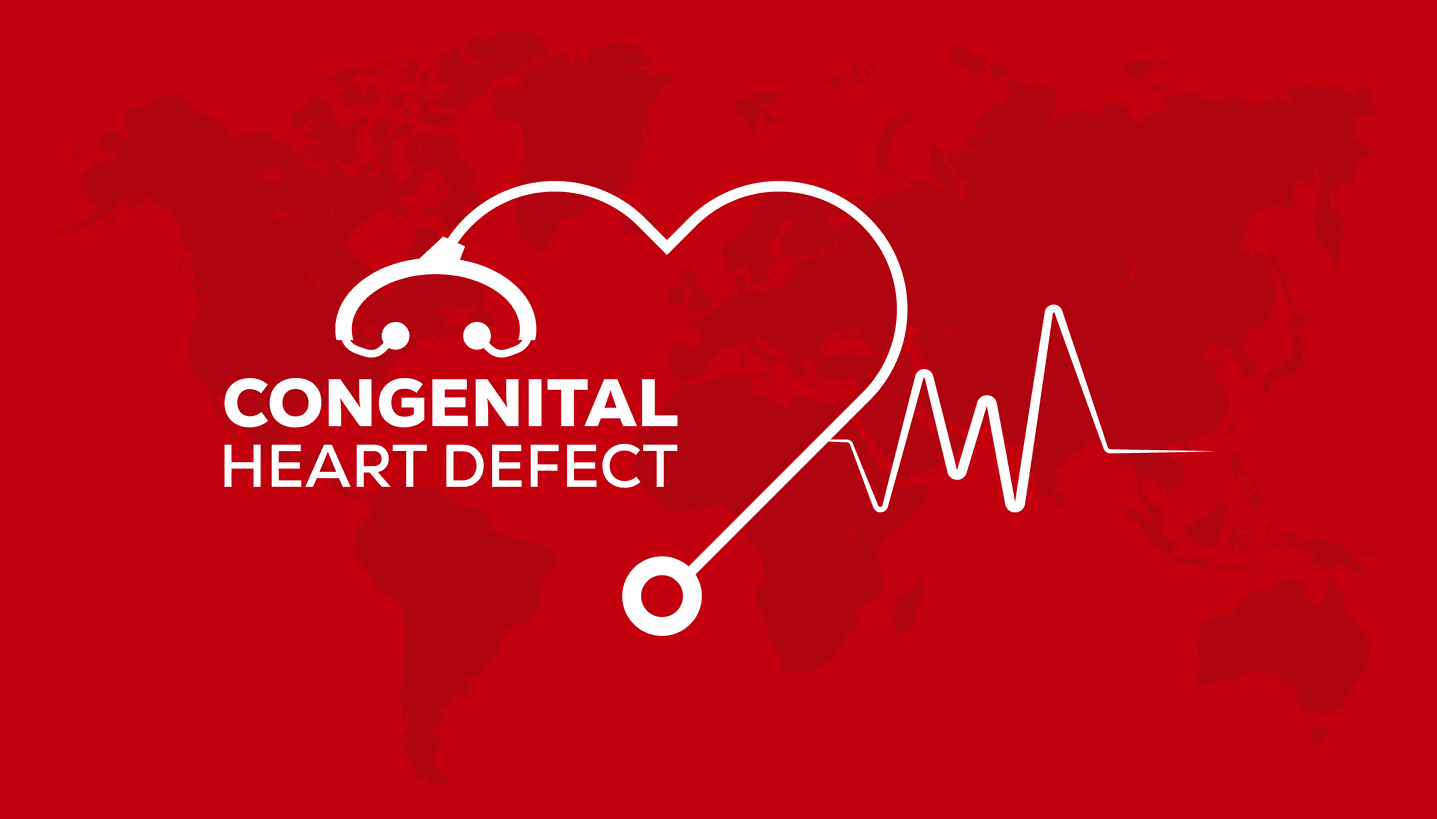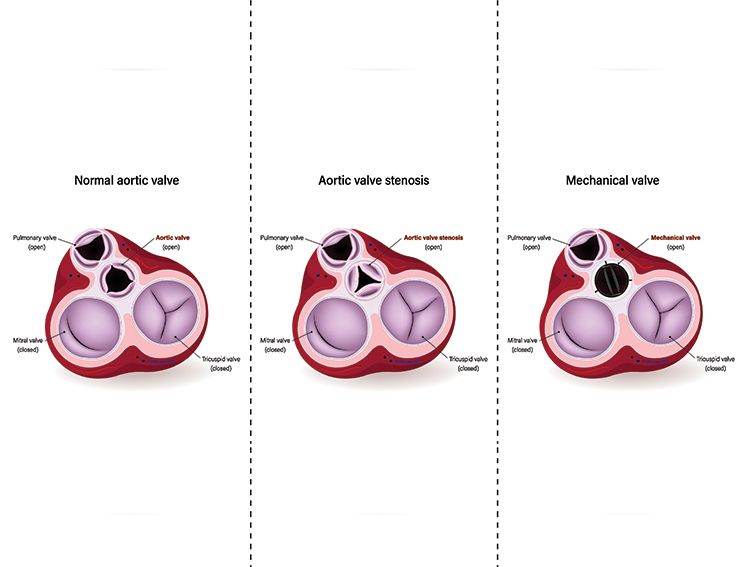
What You Need to Know About Birth Defects: Early Detection and Prevention Guide
Introduction
Bringing a new life into the world is an incredible journey, but it also comes with responsibilities. Making sure a baby's health begins even before conception. One critical aspect of this is understanding birth defects, especially congenital ones, which can affect a baby's overall well-being. These defects are conditions present at birth that may impact the structure or function of the body, leading to physical or developmental challenges. Managing these issues and giving the baby the greatest results can be greatly aided by early detection and preventive care.
In this guide, we'll discuss birth defects, their causes, and how they can be detected and prevented.
What are Birth Defects?
Birth defects are structural or functional anomalies that arise during a baby's development in the womb. They can range from mild to severe and may affect various body components, such as the Heart, brain, or limbs. Some defects are visible at birth, while others may only be detected later through developmental delays or medical issues.
Congenital Heart defects, in particular, are those present from birth. These include heart anomalies such as Ventricular Septal Defect (VSD), Atrial Septal Defect (ASD), and Patent Ductus Arteriosus (PDA), which impair the normal function of the heart. Understanding these conditions is essential to ensure timely care and treatment.
Types and Causes of Birth Defects
Common Types of Birth Defects
Congenital Heart Defects: These are among the most common birth defects and include conditions like:
Ventricular Septal Defect (VSD): A hole in the wall between the heart's lower chambers.
Atrial Septal Defect (ASD): A hole in the wall separating the heart's upper chambers.
Patent Ductus Arteriosus (PDA): A disorder in which the ductus arteriosus, a blood artery, does not close after birth.
Neural Tube Defects: These affect the brain and spine, such as spina bifida.
Cleft Lip and Palate: A medical condition in which the baby's lips or mouth do not develop properly.
Musculoskeletal Defects: Such as clubfoot or limb deformities.
Chromosomal Abnormalities: Conditions like Down syndrome are caused by an extra chromosome.
Causes and Risk Factors
The exact causes of many birth defects are unknown, but they can result from a combination of genetic, environmental, and lifestyle factors, including:
Genetic Factors: A family history of birth defects can increase the risk.
Maternal Health Conditions: Issues like uncontrolled diabetes or infections during pregnancy.
Environmental Exposures: Exposure to harmful substances like alcohol, tobacco, or certain medications during pregnancy.
Nutritional Deficiencies: A lack of essential nutrients like folic acid.
Age of Parents: Advanced maternal or paternal age can also increase the risk of defects.
The Role of Genetics in Birth Defects
Genetic Factors and Inheritance Patterns
Genetics plays a significant role in birth defects. Some conditions, like congenital Heart defects, may be inherited from one or both parents. Inherited genetic mutations can disrupt normal development and lead to structural abnormalities in the baby.
Genetic Counseling
Expecting parents with a family history of birth defects or genetic conditions may benefit from genetic counselling. This process involves analyzing family history and conducting genetic tests to assess the likelihood of passing on certain conditions. Genetic counselling helps families make informed decisions about their pregnancy and care options.
Early Detection of Birth Defects
Prenatal Screening Tests
Screening tests are the first step in identifying potential birth defects during pregnancy. These non-invasive tests include blood tests and ultrasounds to detect early signs of abnormalities. For example, a detailed anomaly scan during the second trimester can help identify structural issues like Heart defects.
Diagnostic Tests
If a screening test suggests the possibility of a birth defect, diagnostic tests like amniocentesis or chorionic villus sampling (CVS) may be recommended. These tests provide more detailed information by analyzing the baby's chromosomes or genetic material.
The Role of Regular Prenatal Visits
Regular check-ups during pregnancy are vital for monitoring the baby's growth and development. These visits allow healthcare providers to detect potential issues early and take appropriate steps to manage them.
Preventive Measures for Birth Defects
While not all birth defects can be prevented, several steps can reduce the risks:
Maintain a Healthy Diet: Ensure adequate intake of folic acid, iron, and other essential nutrients.
Avoid Harmful Substances: Stay away from alcohol, tobacco, and drugs during pregnancy.
Manage Chronic Conditions: Work closely with your doctor to control diabetes, high blood pressure, or other conditions.
Get Vaccinated: Protect against infections like rubella, which can harm the baby.
Plan Your Pregnancy: Regular preconception check-ups can identify risk factors and guide you toward a healthier pregnancy.
Support and Resources for Expecting Parents
Learning about a birth defect can be overwhelming for parents, but there are resources to help. Support groups, counselling services, and specialized healthcare teams can provide emotional and medical guidance. Parents should not hesitate to seek help and connect with others who have experienced similar challenges.
When to Seek Medical Advice
If you're planning a pregnancy or are already pregnant, consult your doctor if you:
Have a family history of birth defects.
Experience unusual symptoms during pregnancy, such as fever or infections.
Have concerns about medications or substances you've been exposed to.
Early intervention can make a big difference in managing birth defects and ensuring a smoother journey for both mother and baby.
Floret ASD Occluder by Meril
The Floret ASD Occluder is a specialized device designed to treat Atrial Septal Defects (ASD), a type of congenital heart condition. This minimally invasive solution helps close the abnormal opening in the heart's atrial septum, restoring normal blood flow and improving overall heart function. With its advanced design and biocompatible materials, the Floret ASD Occluder ensures precision and safety, making it a reliable choice for patients with ASD.
Floret VSD Occluder by Meril
The Floret VSD Occluder is designed to treat Ventricular Septal Defects (VSD), a congenital condition involving an opening in the wall separating the Heart’s lower chambers. This minimally invasive device helps close the defect, ensuring proper blood flow and reducing strain on the Heart.
Floret PDA Occluder by Meril
The Floret PDA Occluder is specially designed to treat Patent Ductus Arteriosus (PDA), a congenital heart condition where a blood vessel fails to close naturally after birth. This device offers a minimally invasive solution to seal the duct, ensuring proper blood circulation and reducing strain on the heart and lungs.
Conclusion
Birth defects, especially congenital ones like VSD, ASD, and PDA, can significantly impact a child's health. However, early detection and preventive care can reduce risks and improve outcomes. Parents can take proactive steps toward a healthier pregnancy by staying informed, attending regular prenatal visits, and adopting healthy lifestyle habits.



